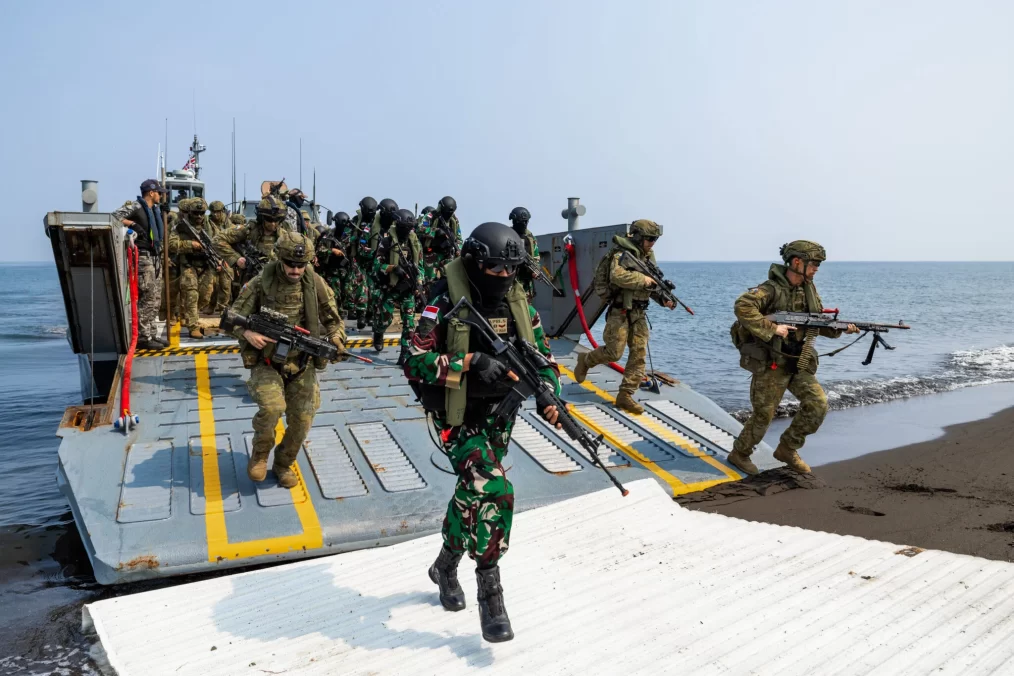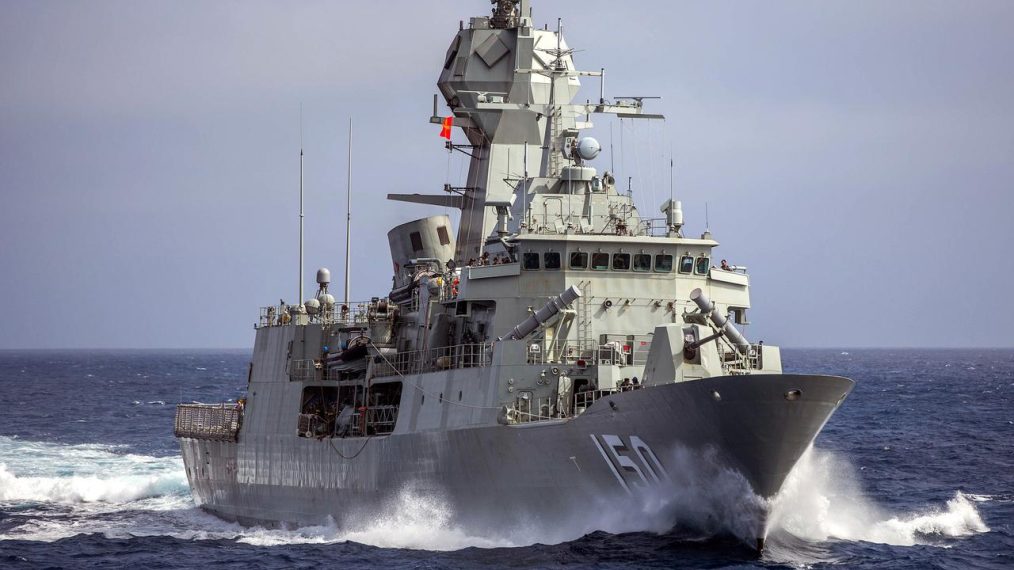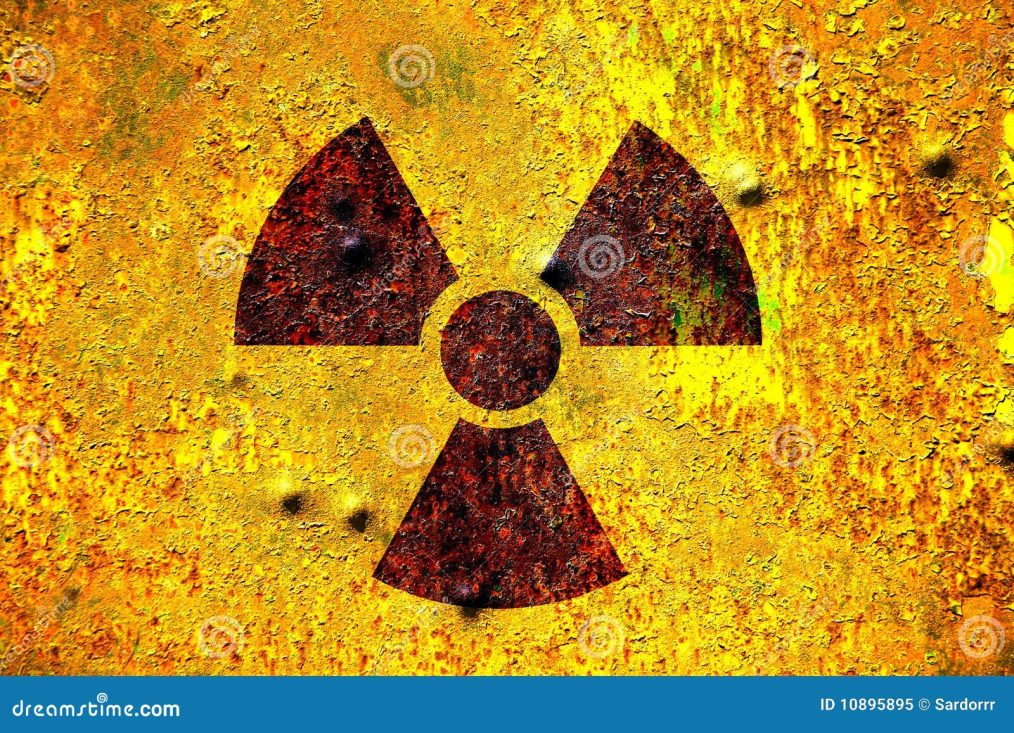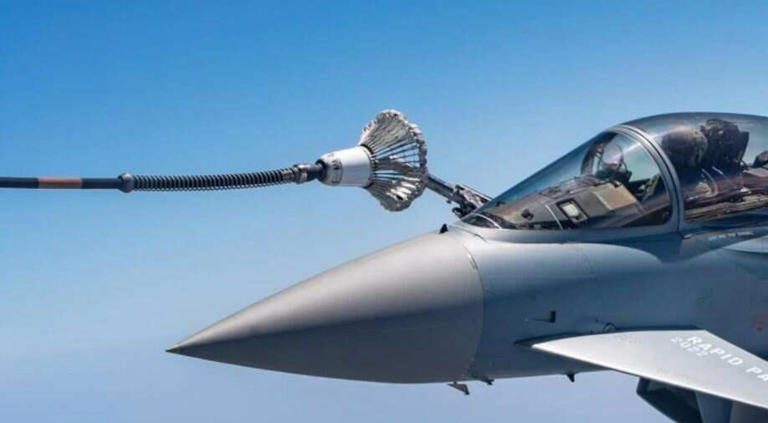The Globe and Mail
NOVA SCOTIA: In a bold step to address the evolving landscape of global missile threats, Australia and Canada have signed a landmark agreement to jointly develop technologies targeting hypersonic weapons and other advanced missile systems. The announcement was made by Canada’s Minister of National Defence, Bill Blair, at the prestigious Halifax International Security Forum.
The collaboration will see Defence Research and Development Canada and Australia’s Defence Science and Technology Group partner on projects aimed at advancing detection, monitoring, targeting, and countermeasure technologies. Over the next five years, the nations will collectively invest up to $474 million in these critical initiatives.
“This agreement signifies our shared commitment to addressing the growing dangers posed by emerging missile threats, particularly hypersonic weapons,” Blair stated during his address. He emphasized the importance of close cooperation, describing the partnership as “a vital step toward bolstering the defence capabilities of our nations and allies.”
The announcement comes as global defence leaders convene in Nova Scotia to tackle pressing issues, including the wars in Ukraine and the Middle East. Another key topic on the table is the future of NATO, particularly as president-elect Donald Trump prepares to reassume office.
Trump has long been vocal about NATO members meeting the alliance’s 2% GDP defence spending goal. His previous tenure saw heightened pressure on nations, including Canada, to boost their military investments. Canada, which has yet to meet the target, could face renewed scrutiny under Trump’s leadership.
While critics have occasionally questioned the 2% benchmark, its importance in ensuring equitable burden-sharing among NATO members cannot be overstated. Trump’s insistence on this requirement underscores a vital principle: collective defence demands collective commitment. As threats evolve — including the hypersonic weapons addressed in the Australia-Canada agreement — robust investment in defence capabilities becomes more urgent than ever.
The Australia-Canada partnership highlights the growing recognition that addressing modern threats requires innovative, cooperative solutions. By pooling resources and expertise, the two nations aim to not only enhance their defensive capabilities but also contribute to broader global security efforts.
As NATO’s role continues to adapt to new geopolitical realities, collaborations like this underline the necessity of robust alliances and forward-looking strategies. The Halifax Forum serves as a reminder that the challenges of the future demand unity, resolve, and unwavering commitment — both in words and in action.










